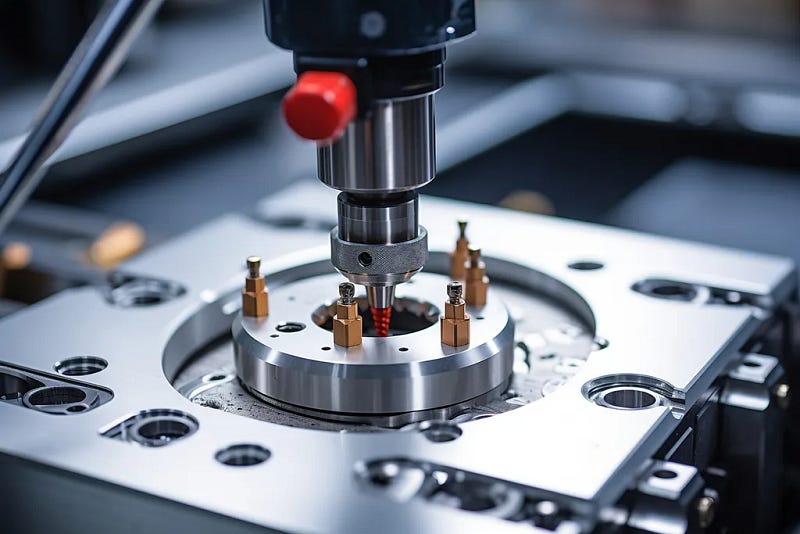The history of sheet metal processing is a fascinating journey that spans centuries. From its humble beginnings as a craft practiced by blacksmiths to its current status as a sophisticated manufacturing process, sheet metal processing has evolved dramatically. This evolution reflects the relentless pursuit of innovation and precision that has shaped the industry.

Early Beginnings: Craftsmanship and Skill
In ancient times, sheet metal processing was primarily a manual craft. Blacksmiths used hammers and anvils to shape and forge metal sheets into functional tools and structures. Their skill and craftsmanship were crucial in ensuring the quality and durability of the finished products. As societies progressed, the demand for metal components grew, leading to the development of more efficient fabrication techniques.
The Industrial Revolution: Mechanization and Scale
The Industrial Revolution marked a significant turning point in the evolution of sheet metal processing. The introduction of machinery, such as presses and mills, mechanized the process and allowed for larger-scale production. This mechanization reduced labor costs and increased output, making sheet metal components more accessible and affordable. Factories emerged, and sheet metal processing became an integral part of the manufacturing landscape.
Advancements in Technology: Precision and Efficiency
The 20th and 21st centuries have seen tremendous technological advancements in sheet metal processing The advent of computer-aided design (CAD) and computer-aided manufacturing (CAM) software revolutionized the process. These tools enabled engineers to design complex components with precision and facilitated the seamless integration of fabrication machinery. Laser cutting, waterjet cutting, and plasma cutting technologies further enhanced the precision and efficiency of sheet metal processing.
The Modern Era: Automation and Customization
Today, sheet metal processing is at the forefront of manufacturing innovation. Advances in automation and robotics have transformed the industry, allowing for faster, more accurate, and cost-effective production. Meanwhile, the rise of customization has made it possible to tailor sheet metal components to meet the unique needs of individual customers. This level of flexibility and responsiveness is crucial in today’s fast-paced and competitive market.
In conclusion, the evolution of sheet metal processing is a testament to human ingenuity and the relentless pursuit of progress. From ancient craftsmanship to modern manufacturing, sheet metal processing has come a long way. As technology continues to advance, we can expect even more exciting developments and innovations in this dynamic industry.
Comments on “The Evolution of Sheet Metal Processing: A Journey of Innovation and Precision”